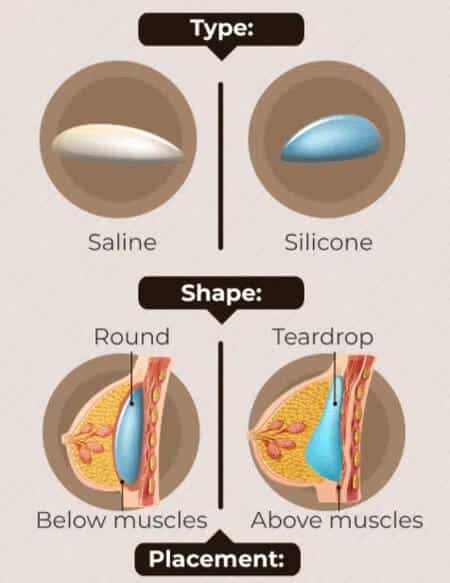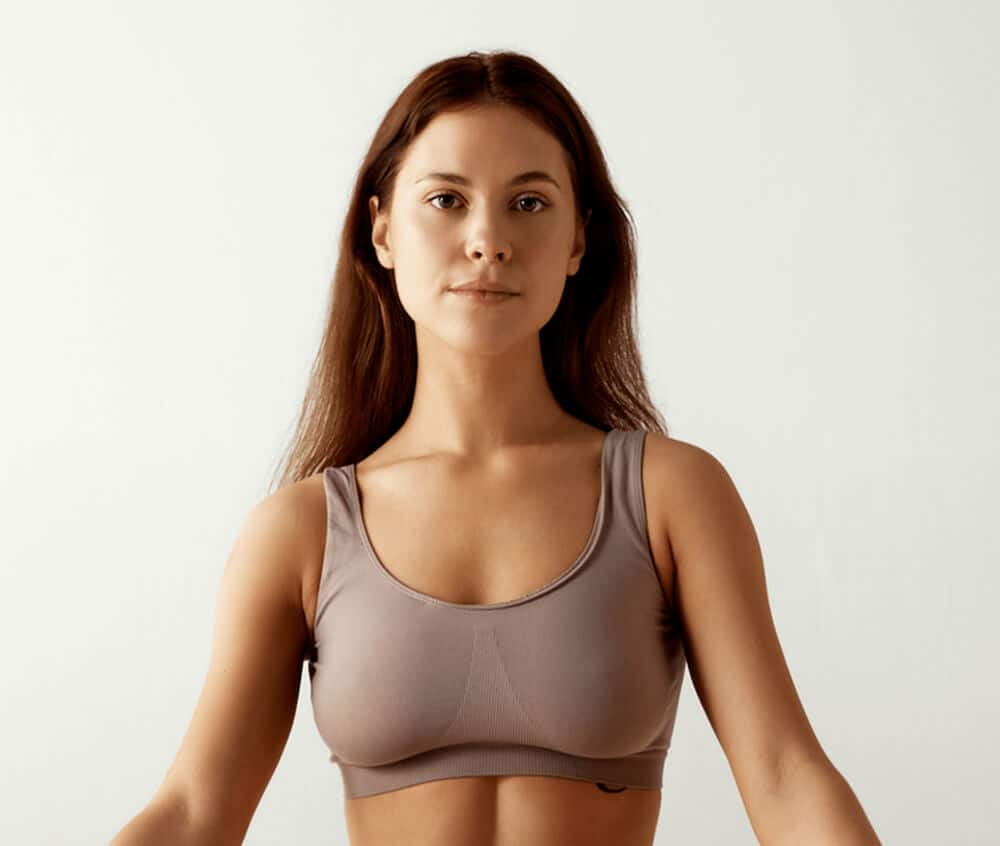
The majority of pedicled flaps classically utilized in breast reconstruction are the latissimus dorsi (from the back) or rectus abdominus (from the abdomen). A flap is tissue preserved on its blood supply. In pedicled flaps, the blood supply is not disrupted and reestablished. The disadvantage of the commonly used pedicled flaps is related to the donor site when rectus abdominus is used and partial flap loss. The disadvantages of the latissimus dorsi flap are mild weakness in arm flexion (or downward force), and this flap generally does not have ample tissue to recreate an adequate breast mound by itself.
The abdomen is the most commonly used area for free flap options.
The thigh can be an adequate donor site for patients with either excess inner thigh tissue or saddle bag deformity. The most common thigh donor flap in our practice is the profunda artery perforator (PAP) flap.
The gluteal region also has perforator-based flap options, including the superior gluteal artery perforator flap. This is similar to the tissue removed in a lower body lift posteriorly. The incision is at the superior aspect of the buttocks and is covered with standard underwear or bikini bottoms.
In patients without adequate tissue from one site but require autologous reconstruction, stacked flaps can be considered. Stacked flaps refer to two flaps per reconstructed breast. Stacked flaps can be a combination of the above flaps depending on the requirements for the reconstruction and differ for unilateral and bilateral procedures.

For larger breasts that do not require a mastectomy and only a portion of the breast needs to be removed, a reduction can be performed. Generally reduction techniques are used to lift the nipple position and to remove excess breast tissue and overlying skin.

Rediscover your silhouette and confidence through breast reconstruction using tissue expanders at Elite Plastic Surgery in Chandler. This cutting-edge approach provides a route to reinstating your body's natural contours post-mastectomy, with a blend of expertise and compassion guiding you at every stage.

Implant-based breast reconstruction offers a pathway to completing your breast cancer journey, utilizing silicone or saline implants to rebuild and restore your bust.

During a private consultation at Elite Plastic Surgery, we'll assess whether you're a suitable candidate for DIEP (deep inferior epigastric perforator) or SIEP (superficial inferior epigastric perforator) flap reconstruction.

When considering breast reconstruction, we aim to offer you a range of options. In cases where there isn't adequate tissue for an autologous tissue flap from the abdomen, our plastic and reconstructive surgeon, Dr. Torabi, may recommend a PAP (profunda artery perforator) flap surgery, utilizing tissue from the inner thigh instead.

Elite Plastic Surgery in Phoenix, AZ, presents breast reconstruction patients with the choice of a composite stack flap when a single flap of autologous tissue is insufficient for reconstructing one breast. We take pride in being the sole Arizona practice offering this advanced technique.

At Elite Plastic Surgery in Phoenix, AZ, we provide breast cancer patients with the option for a two-stage breast reconstruction procedure, led by our esteemed plastic and reconstructive surgeon, Dr. Torabi.

Breast reconstruction revision is a procedure intended to resolve any concerns that may arise after an initial breast reconstruction surgery. As preferences and expectations can evolve over time, the initial reconstruction may not always align with current aesthetic or physical goals.